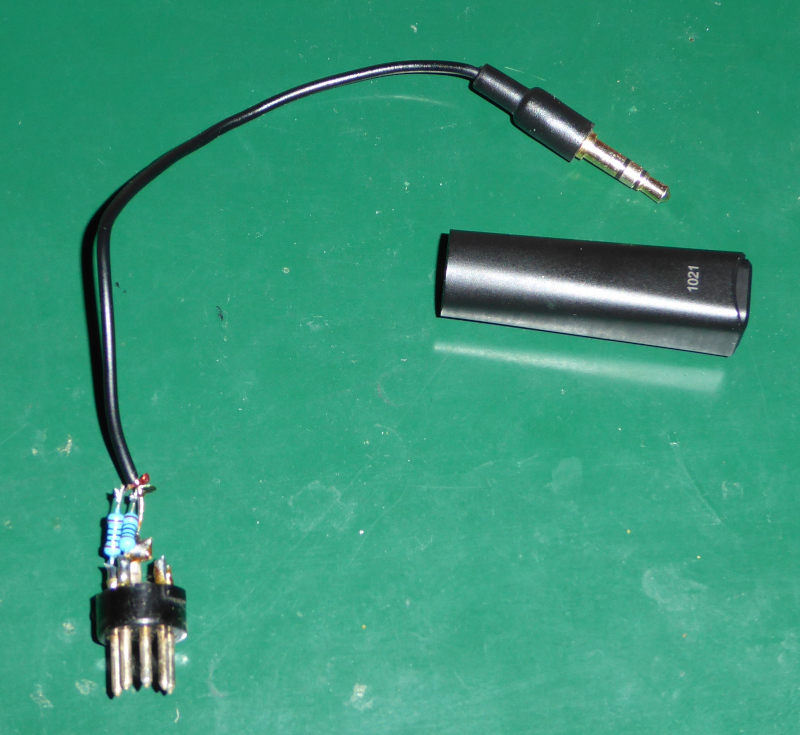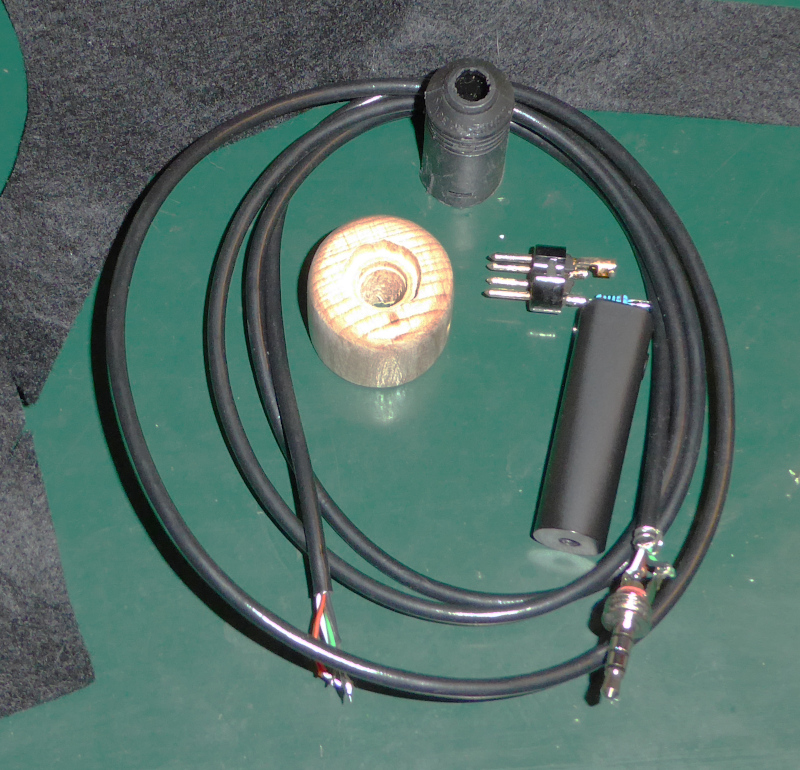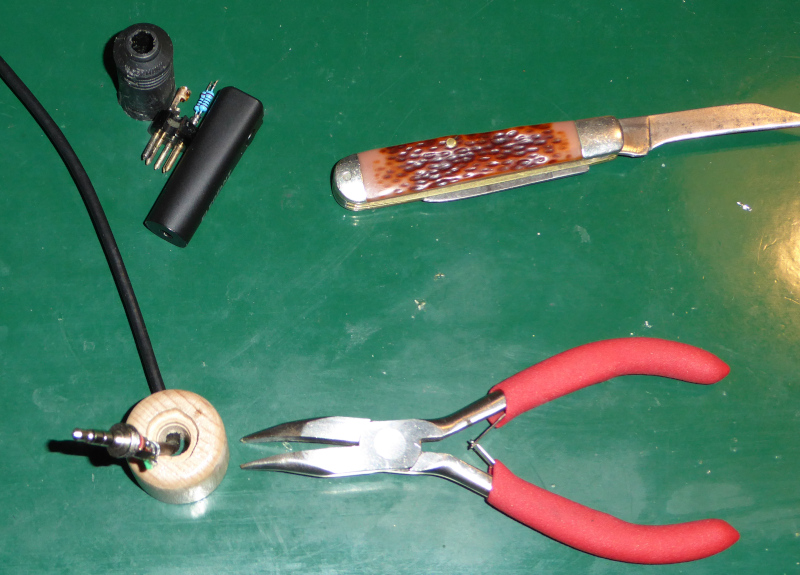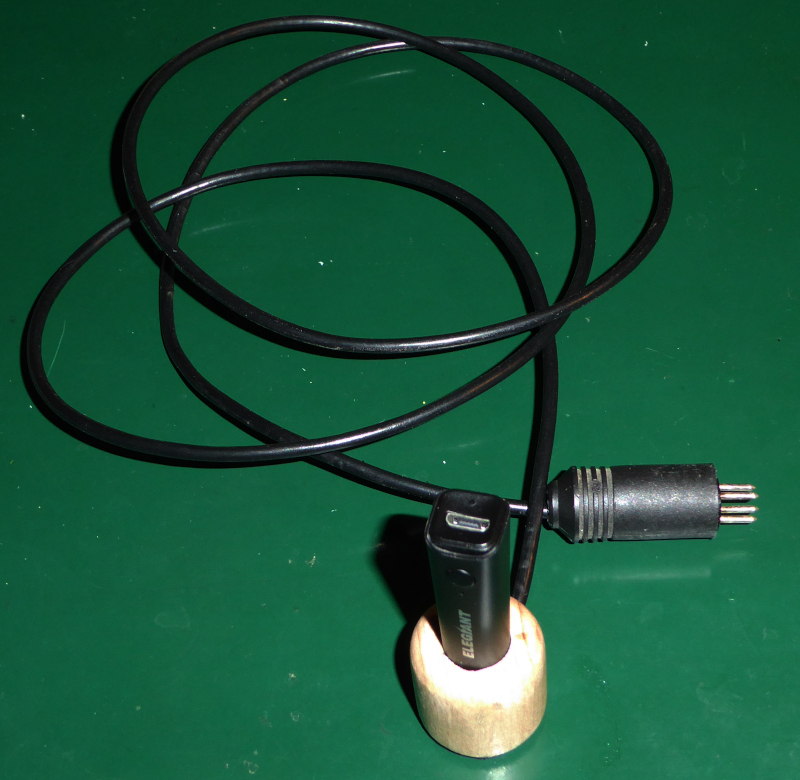Rejuvenating a Blaupunkt Granada Radio - Bluetooth for the blue dot
Bringing the Granada into the twenty first century.
Rejuvenating a Blaupunkt Granada Radio - Table of Contents
I like the sound of the Granada, but it had been so long since I’d really listened to a radio broadcast that I forgot why I quit listening to the radio.
We’ve been running the Granada every day while having lunch. The mindless drivel of the moderators and the smooth, contentless, blank and bland “music” began to get on my nerves after a while.
When I bought my wife a couple of CDs for her birthday, I thought it was a shame we couldn’t hear them on the Granada - and a 1000 watt lightbulb went on over my head.
The Blaupunkt 20300 Granada has a (mono) line in. Most every cell phone can play music over Bluetooth. Getting the music onto the phone(s) as a pile of mp3 files is no problem. Playback from phone to a Bluetooth adapter connected to the Granada. Easy.
I ordered a simple Bluetooth adapter with a line-out connection, then wired it to a 5-pin DIN connector.
The first “prototype” looked like this:
| Bluetooth adapter |
|---|
 |
That worked just fine, but it is uglier than even my low standards. The Bluetooth adapter has to be out in front of the Granada. Since the adapter is battery powered and has to be charged occassionally, it needs to be where I can reach it without rearranging the furniture. It has to look at least somewhat presentable.
I gathered a few more bits and pieces, then set out to build a slightly less ugly adapter.
First off was a plan:
| Adapter plan |
|---|
 |
The drawing is not to scale.
Beside the drawing is a scrap of 25mm beech wood dowel I found in the garage. That’s going to be the base of the adapter.
| Drilled out |
|---|
 |
I’ve drilled all the holes. The 12.5mm hole is too small - I have a 12mm bit, but no 12.5mm bit. I carved the remainder out by hand with my pocket knife. With the holes all made, I got out the belt sander and rounded the shoulders around the top of the adapter.
| Ready for assembly |
|---|
 |
That’s all the electrical stuff and some black felt to cover the bottom.
The Bluetooth adapter itself has a socket rather than a plug for the audio. That means the base has to have a plug.
I put in a four pole plug because I had a bunch of them handy. They work as well as a three pole plug, as long as you remember to pay attention to where ground really goes.
| Assembly |
|---|
 |
 |
 |
I used epoxy to hold the plug in the base. I also epoxied the cable in from the bottom to keep it from wiggling around and breaking the wires. The felt is glued on with a thin layer of epoxy as well. As usual, I flamed the felt around the base to remove the fuzzies from cutting the felt.
The Bluetooth adapter itself can be unplugged from the base so that I can connect it to one of the (approximately 5 million) USB power plugs I have floating around.
Here’s the finished adapter parked on the cabinet next to the Granada:
| New best friends |
|---|
 |
The adapter is out front where I can reach it, but unobtrusive.
Now my wife and I can hear any music we like through our 60 year old tube radio.
The bird carved in the bookend is the “wappentier” of the city we live in. It is a blue tit. If you can figure out which town in Germany takes its name from the blue tit, then you know where I live.
I made the bookend a few years ago. Some odd urge to make a bookend gripped me and made me cut and carve a piece of beech wood in the form of a blue tit.
In case you need it, here is the schematic of the line out to DIN 5 pin adapater. It should work with pretty much any device that has a 5 pin DIN socket. This schematic is derived from the Wikipedia DIN connector page and the Wikipedia phone plug page. There’s nothing special to it, it is just a matter of combining available documentation.
| Stereo line out (phone plug/headset cable) to DIN stereo line in |
|---|
 |
The Granada has a stereo DIN 5 pin socket, but merges the left and right signals together inside. The two resistors I’ve added prevent the line drivers in the Bluetooth adapter from “fighting each other.” Together with the connection inside the Granada, they make a passive stereo to mono mixer.
This is the circuit inside the Granada:
| Granada line in |
|---|
 |
Pins 3 and 5 are simply shorted together. The stereo input is merged to mono.
“Blaupunkt” is literally “blue dot” when translated from German to English. The name is derived from the blue dots that they used to paint on headsets that passed quality control back in like 1938.
I find it somehow amusing to attach a Bluetooth adapter to a “blue dot” radio - even though the Granada doesn’t really have a blue dot on it anywhere.